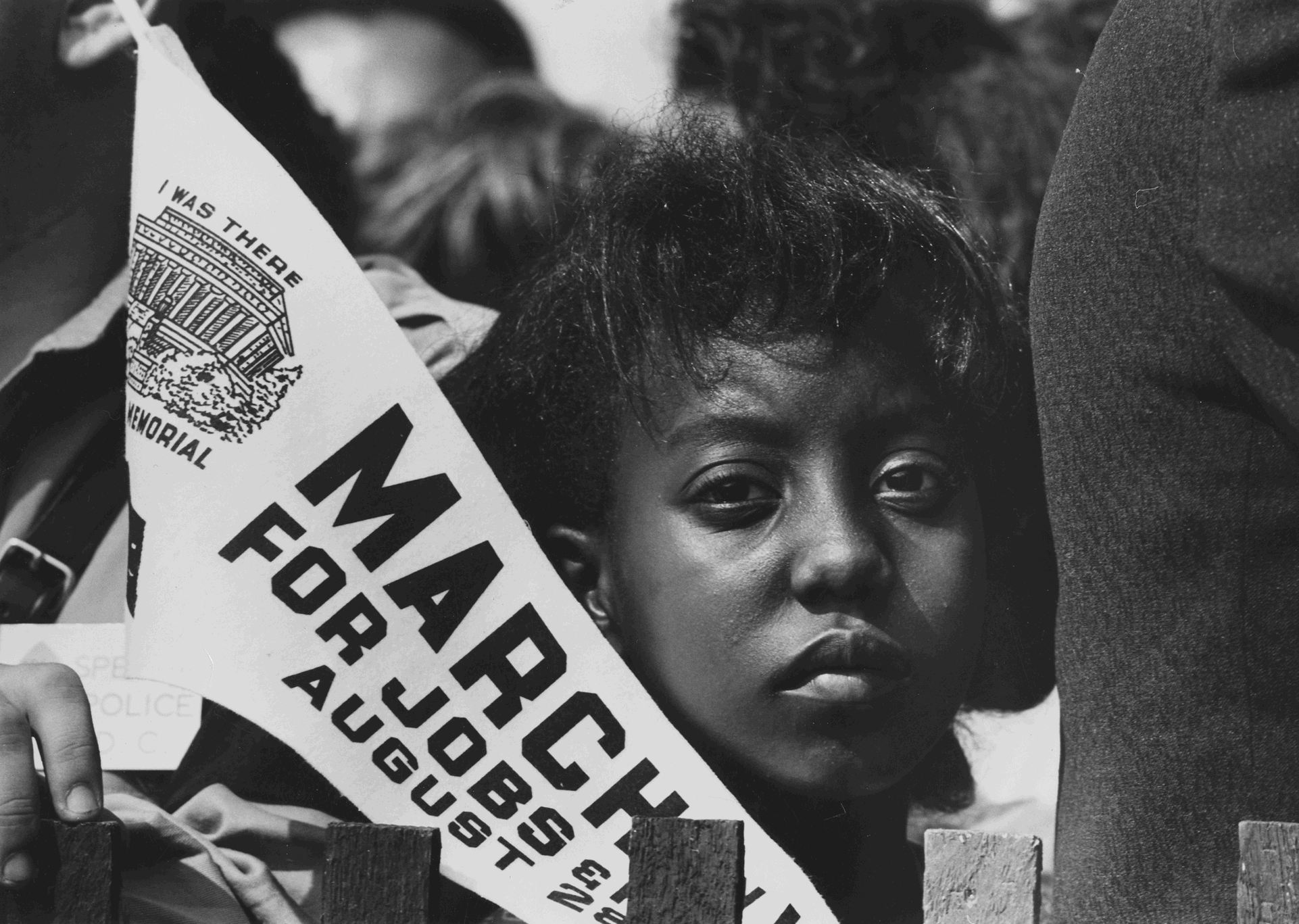W 3 Jan 30 & Feb 1
T– Juan Williams, “Freedom in the-Air”:The-Lessons-of-Albany-and-Birmingham” and primary sources: “The Mother Lode“: Albany, Georgia, 1961-1962” and “Something_Has-Got-to-Change:”: Birmingham, 1963 and watch, “No Easy Walk”
What were the lessons of Albany and Birmingham? What were some of the differences between the approaches of SCLC and SNCC and Laurie Pritchett and Bull Connor? What roles do the state generally play in these two campaign? What accounts for the different responses of the state? For example, explain the politics around the actions of Federal District Judge J. Robert Elliot and President John F. Kennedy (173).
R- J Todd Moye_”Focusing Our Eyes on the Prize”: How Community Studies Are Reframing and Rewriting the History of the Civil Rights Movement”
On Tuesday, we briefly discussed what makes a campaign “successful,” so today we will revisit that question, though using Albany, Ga. as a case.
And, we might revisit, if not through the actual review then through our own memory, the interview between Crosby and Richardson. While Richardson spoke from the perspective of a participant, J. Toddy Moye speaks to similar questions as a researcher and historian.
How does Moye approached his topic? What shaped his initial thinking of his project and what kinds of questions did he raise to shape his research?
How does he use the Albany case to illustrate his point about how the historian’s framework or focus shape and, in many ways, determine, what kinds of stories we tell?
